Criminal Photography Courses
Criminal Photography Courses - Chemical enhancement, alternate light source photography. Web to become a crime scene or forensic photographer, you need to get a high school or bachelor’s degree in forensic science, photography or related background. Web earn a bachelor's degree in criminal justice. This course meets texas commission on law enforcement (tcole) requirements texas forensic science academy forensic photography. Students are required to bring the following agency equipment with them. Web education requirements may vary by department, but an associate's or bachelor's degree in photography, forensics or criminal justice may be helpful. Web cost of an online criminology degree. The first step towards becoming a crime scene photographer is to gain a high school diploma. Participants will develop a basic understanding of camera equipment and photographic techniques as they relate to crime scene and evidence documentation. This course addresses the basic concepts of photography and their application to professional investigative documentation. Web fsa116 | photography is a critical element in the documentation of criminal investigations. Web cost of an online criminology degree. Some high schools also offer elective courses in criminal justice or vocational training for aspiring law enforcement personnel. Web basic crime scene photography course course overview crime scene photography requires certain skills and experience to properly document the events. Aspiring forensic photographers can benefit from learning about scale, resolution, lighting and angling to create photos that are useful. Web basic crime scene photography course course overview crime scene photography requires certain skills and experience to properly document the events of a crime. Web total estimated cost: The forensic technician program includes training in latent print processing and crime scene. Web forensic investigator courses cover technical skills from forensic photography to bloodstain pattern analysis and skeletal death investigation. Night scene photography and painting with light photography. Web earn a bachelor's degree in criminal justice. 40 hours of classroom photography courses from a college, police academy, fbi academy, iai training course, or related institutions; Web cost of an online criminology degree. They also learn how to investigate crimes from medical and legal perspectives. Web the course is designed for individuals assigned to photograph and document physical evidence and crime scenes. Web to become a crime scene or forensic photographer, you need to get a high school or bachelor’s degree in forensic science, photography or related background. Web the digital photography for. Today, i’ll give you the ultimate career guidance to become a crime scene photographer. 40 hours of classroom photography courses from a college, police academy, fbi academy, iai training course, or related institutions; Earn a high school diploma. The first step towards becoming a crime scene photographer is to gain a high school diploma. Web this course will address the. Today, i’ll give you the ultimate career guidance to become a crime scene photographer. Web forensic investigator courses cover technical skills from forensic photography to bloodstain pattern analysis and skeletal death investigation. Web total estimated cost: Web this unique program blends topics in photography methods and criminal justice to accurately. The first step towards becoming a crime scene photographer is. Today, i’ll give you the ultimate career guidance to become a crime scene photographer. Web this unique program blends topics in photography methods and criminal justice to accurately. Then, complete an internship, get a certification and build a strong portfolio. Web find out if your high school offers any courses in photography that can help you begin to develop knowledge. Web forensic investigator courses cover technical skills from forensic photography to bloodstain pattern analysis and skeletal death investigation. Web at least three years of photography experience; Web the course is designed for individuals assigned to photograph and document physical evidence and crime scenes. Web earn a bachelor's degree in criminal justice. Course instruction will be through lecture, case review, and. Web this unique program blends topics in photography methods and criminal justice to accurately. Learn from the basics and get the job. Web 2 ½ days (20 hours) course goals: Depth of field, oblique lighting, impression evidence photography. 40 hours of classroom photography courses from a college, police academy, fbi academy, iai training course, or related institutions; Web to become a crime scene or forensic photographer, you need to get a high school or bachelor’s degree in forensic science, photography or related background. The student will participate in the course by shooting photos along with the instructor and provide photographic feedback which will enhance your criminal justice skillset. How much crime scene photographers make, what skills they. Web international law enforcement academy (ilea) international law enforcement executive development seminar (international leeds) additional international training programs and resources active. It's imperative that crime scene investigators are able to take quality photos of a wide variety of subjects in less than idea conditions. It will also cover fluorescence photography and problem photography at night. While a high school or general education development (ged) diploma is typically the minimum educational requirement for becoming a forensic photographer, many employers may require further education. Web this unique program blends topics in photography methods and criminal justice to accurately. Earn a high school diploma. The first step towards becoming a crime scene photographer is to gain a high school diploma. Aspiring forensic photographers can benefit from learning about scale, resolution, lighting and angling to create photos that are useful. Learn from the basics and get the job. Web forensic investigator courses cover technical skills from forensic photography to bloodstain pattern analysis and skeletal death investigation. They also learn how to investigate crimes from medical and legal perspectives. Web topics taught will include the photographic documentation of impression evidence, firearm trajectory paths, the documentation of major investigations, blood spatter patterns and specialty photography to include injury photography. Web total estimated cost: Web this is a dynamic law enforcement training course great for the patrol officer, detectives and investigators. Course instruction will be through lecture, case review, and practical exercises. This course meets texas commission on law enforcement (tcole) requirements texas forensic science academy forensic photography.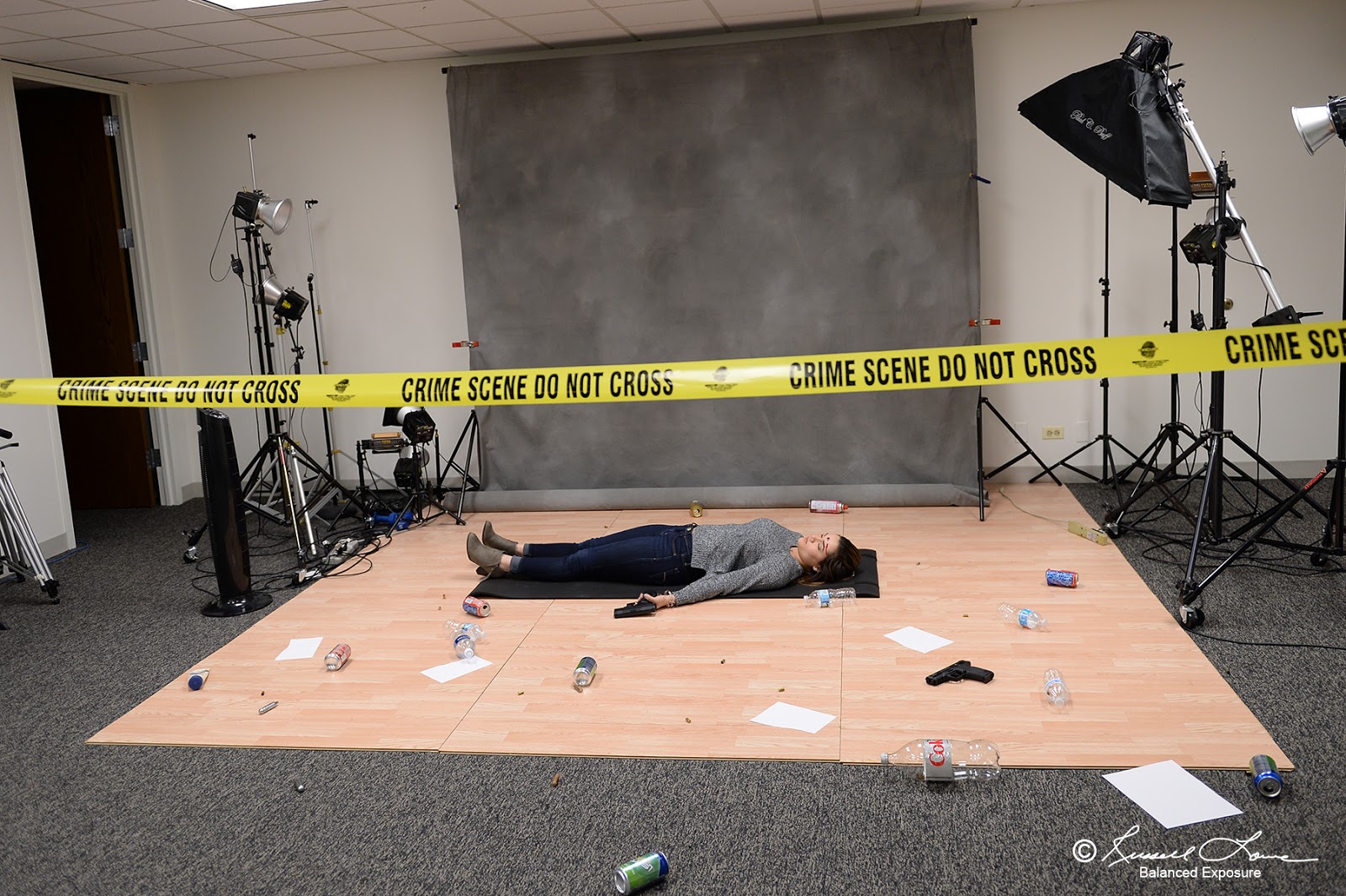
"The Way I See It" Crime Scene Photography Class

Learn Crime Scene Photography Training And Tips For Photographers
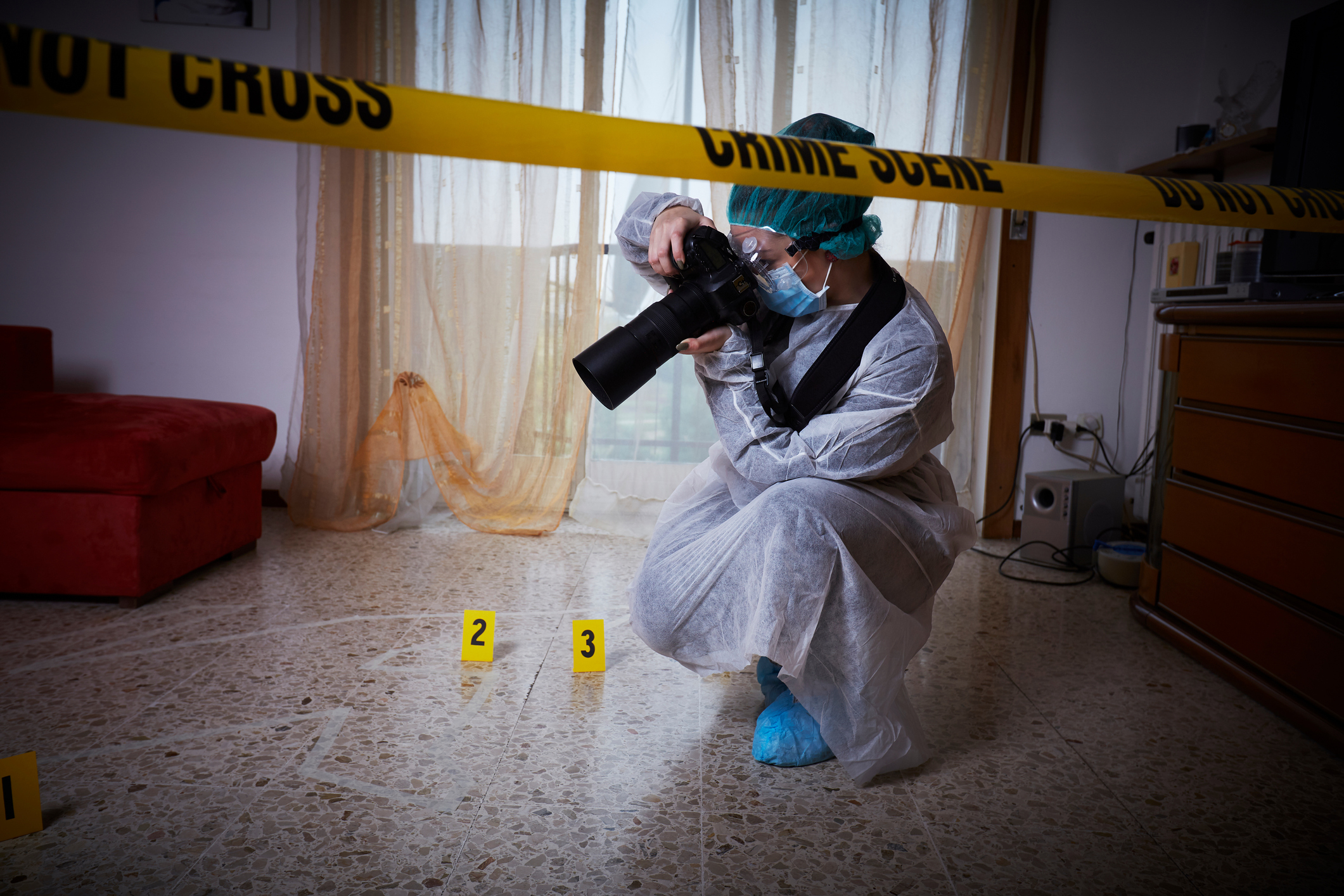
True & Accurate Police Photography, Part 4 Metering Modes
![Crime Scene Photography Lesson Plan and Activity [FORENSICS] ⋆ The](https://thetrendyscienceteacher.com/wp-content/uploads/2018/02/2.png)
Crime Scene Photography Lesson Plan and Activity [FORENSICS] ⋆ The
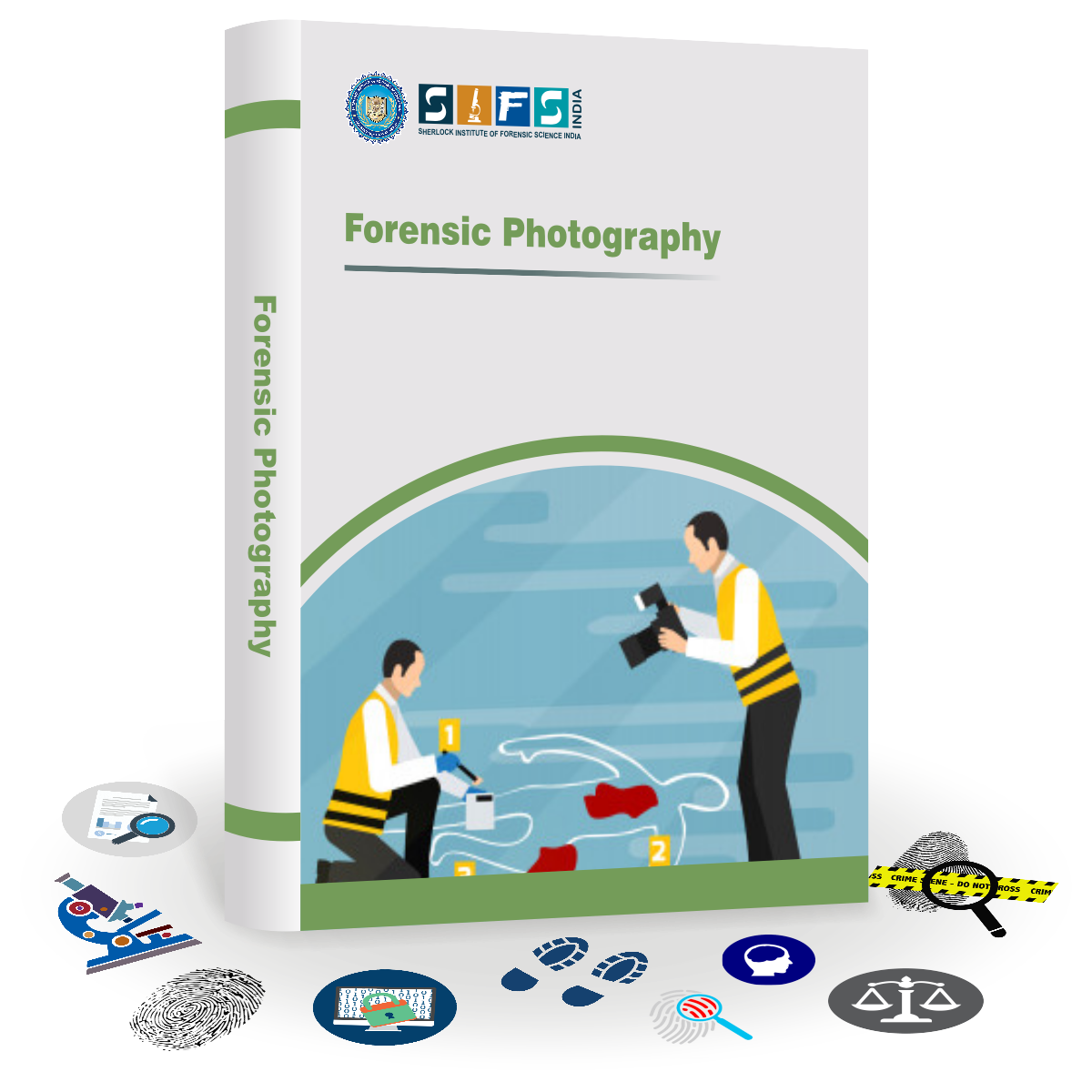
Forensic Photography Course

Crime Scene Photography Basics YouTube
![Crime Scene Photography Lesson Plan and Activity [FORENSICS] ⋆ The](https://thetrendyscienceteacher.com/wp-content/uploads/2018/02/COVER.png)
Crime Scene Photography Lesson Plan and Activity [FORENSICS] ⋆ The

10 Easiest Classes at Florida SouthWestern State College OneClass Blog
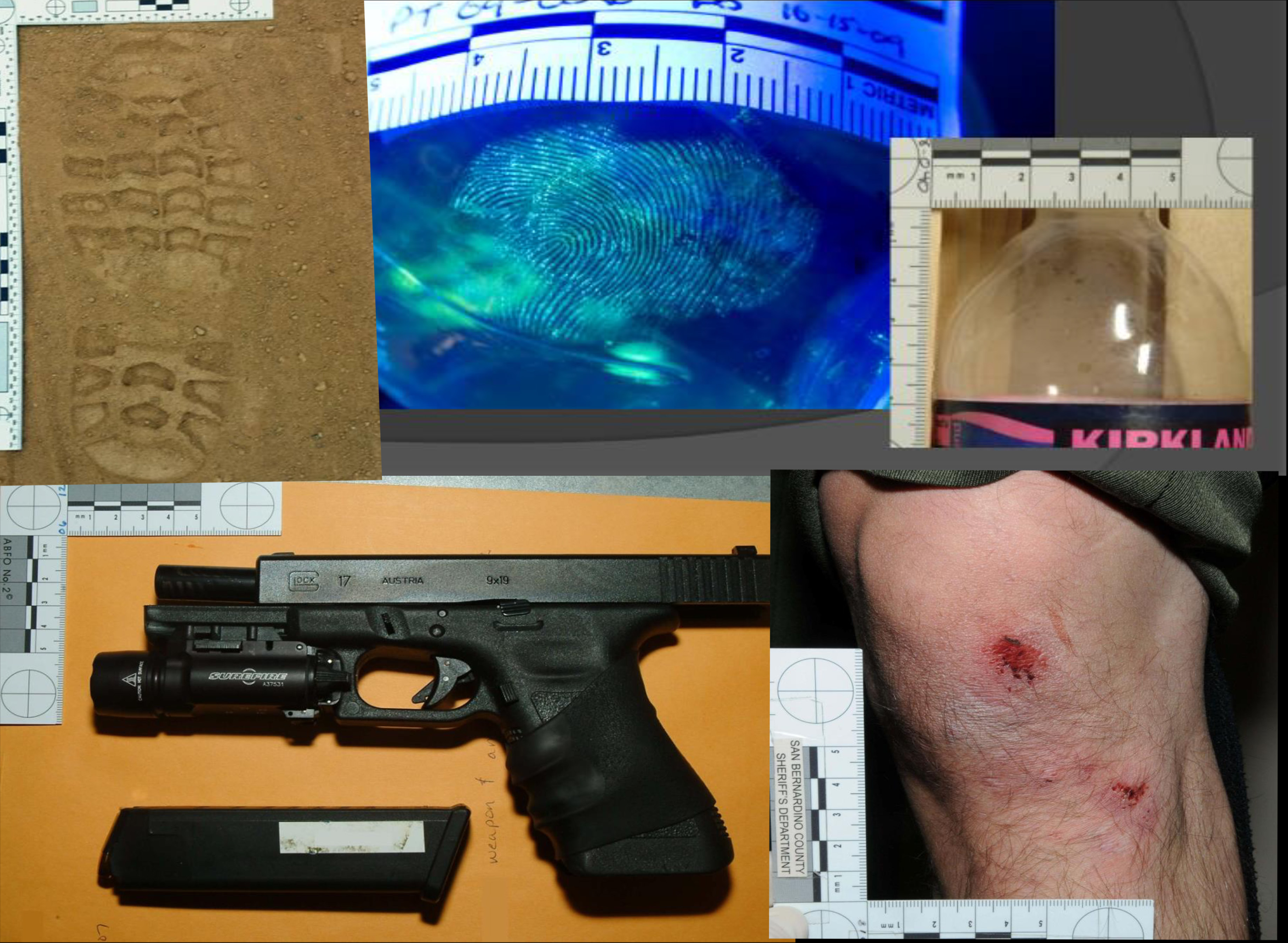
Crime Scene and Evidence Photography IEPPV
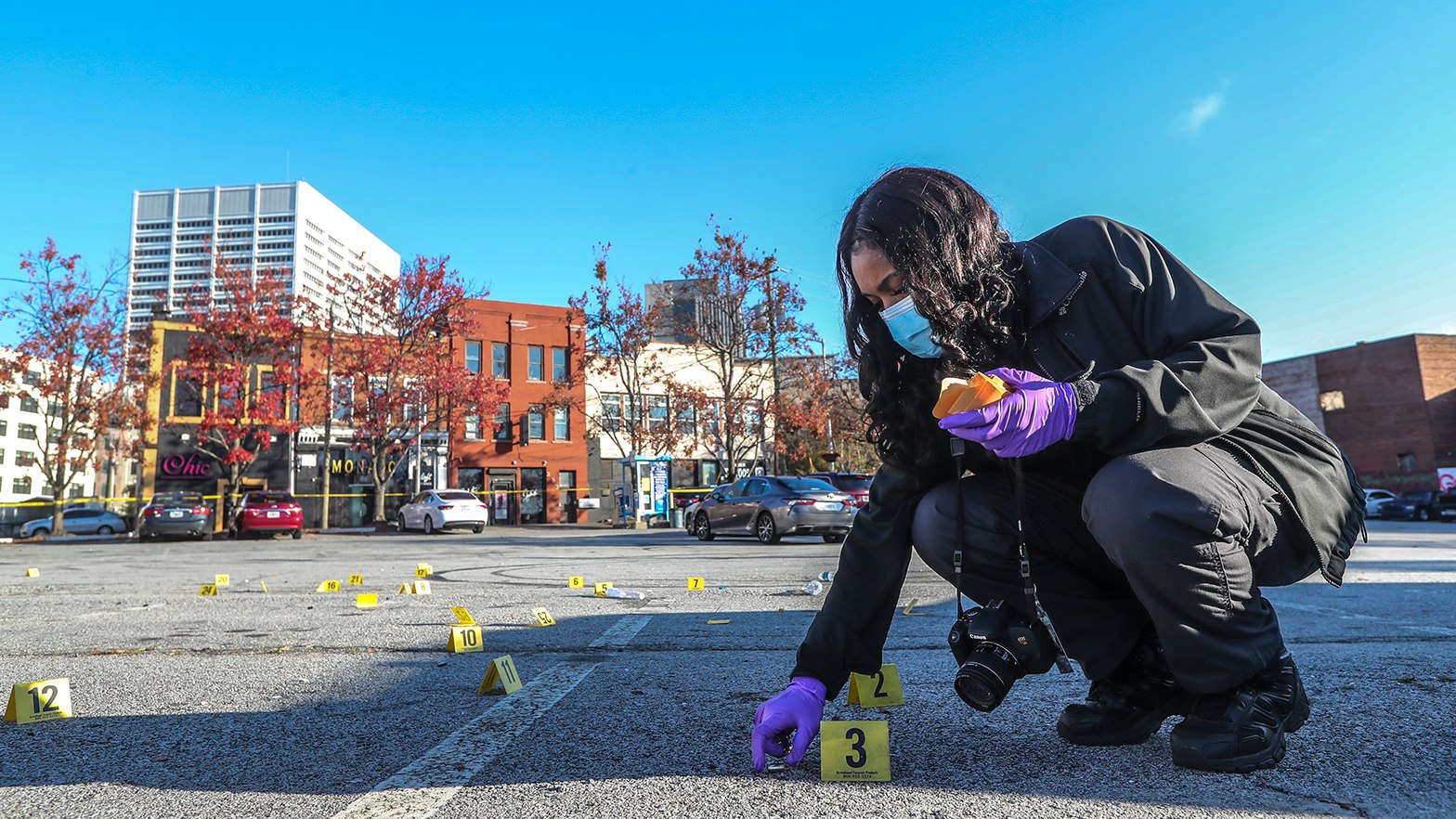
How to improve crime scene photography skills
At Least A High School Diploma Or Ged Is Required To Become A Forensic Photographer, But Most Employers Prefer An Associate Or Bachelor's Degree In Photography, Forensics Or Criminal Justice.
Web Earn A Bachelor's Degree In Criminal Justice.
A Current Job In The Forensic Science Field Where Forensic Photography Is One Of His/Her Duties;
Then, Complete An Internship, Get A Certification And Build A Strong Portfolio.
Related Post: